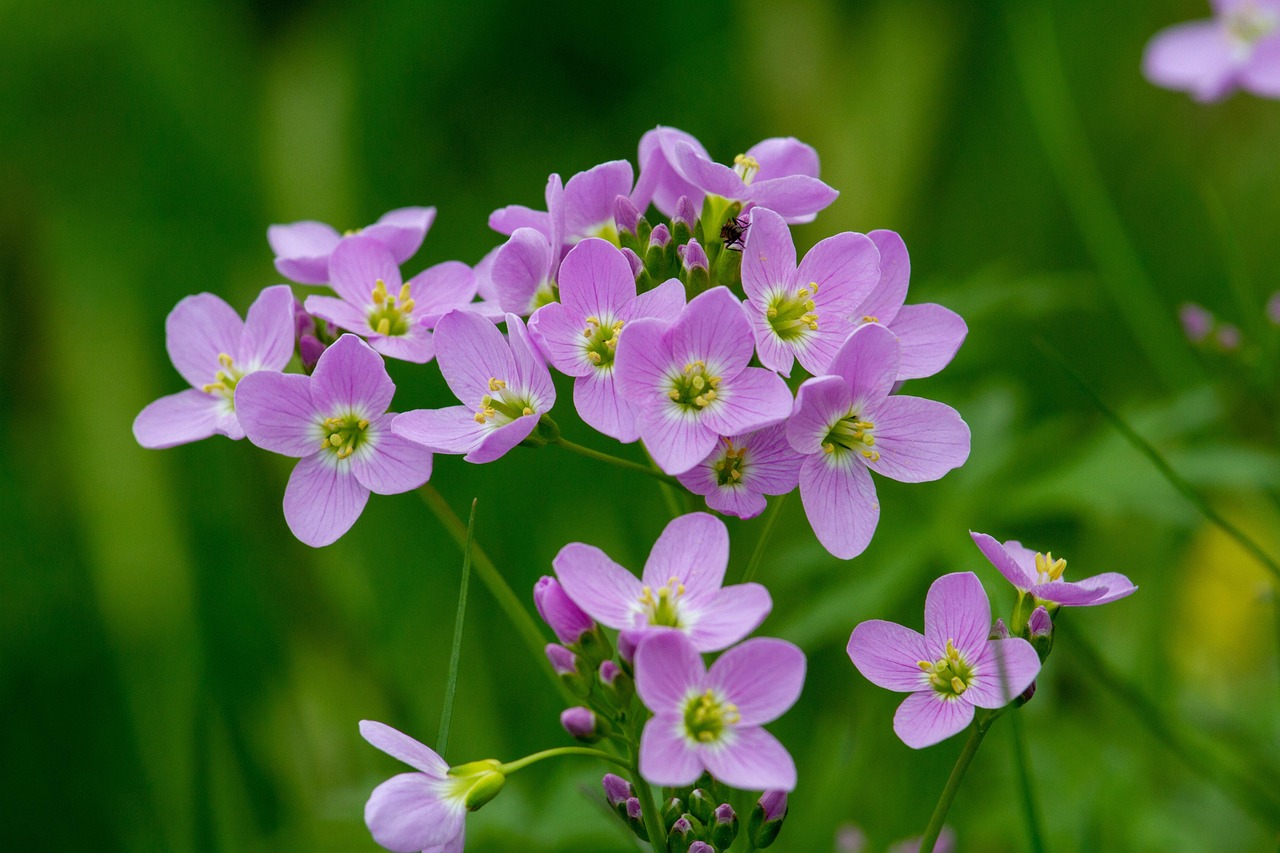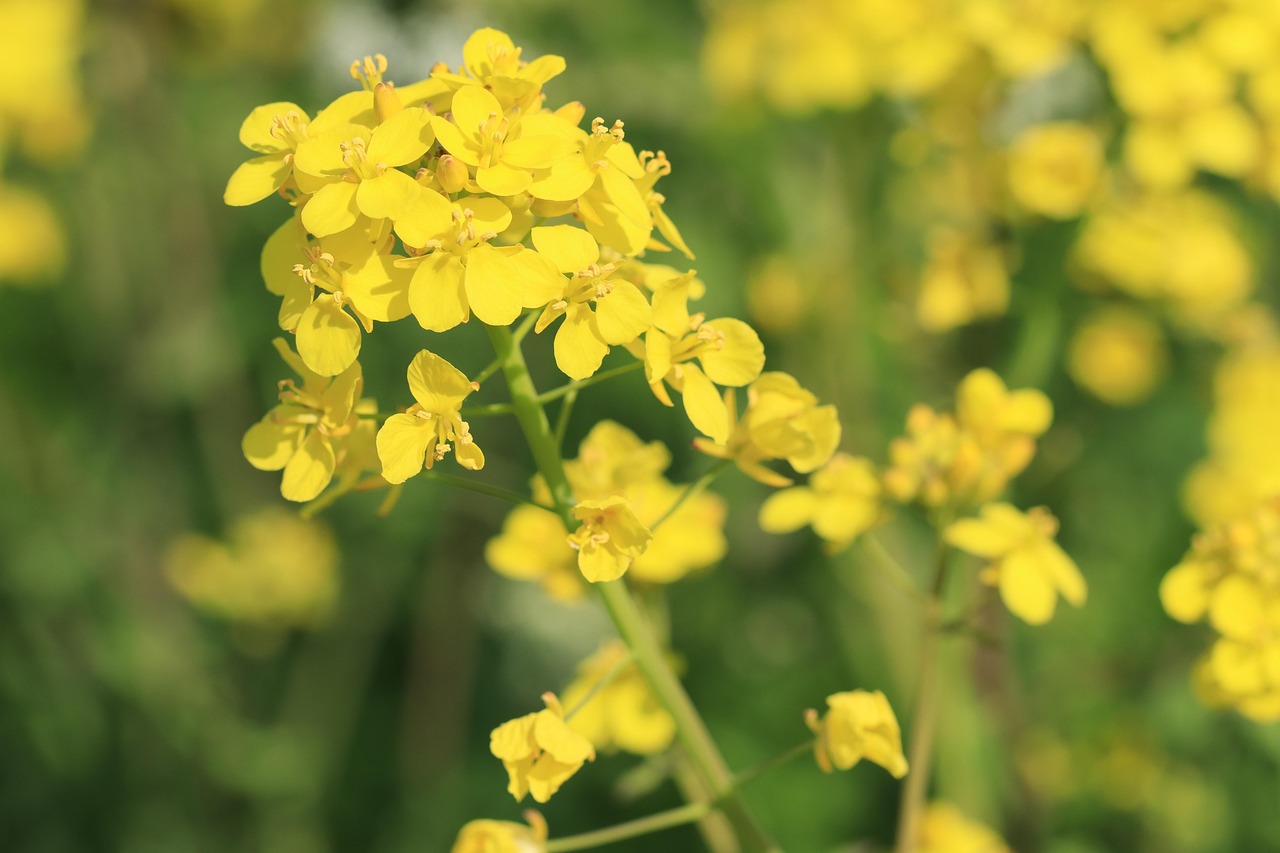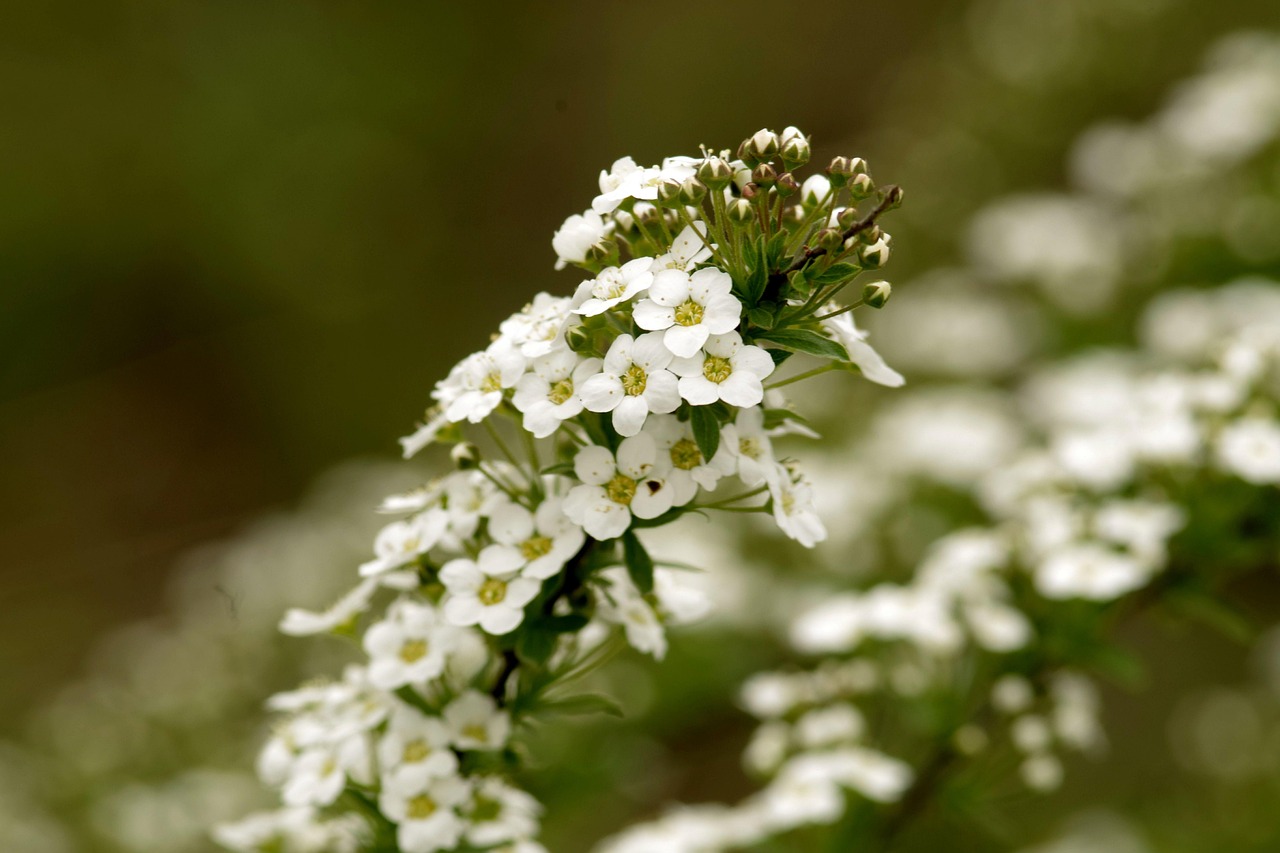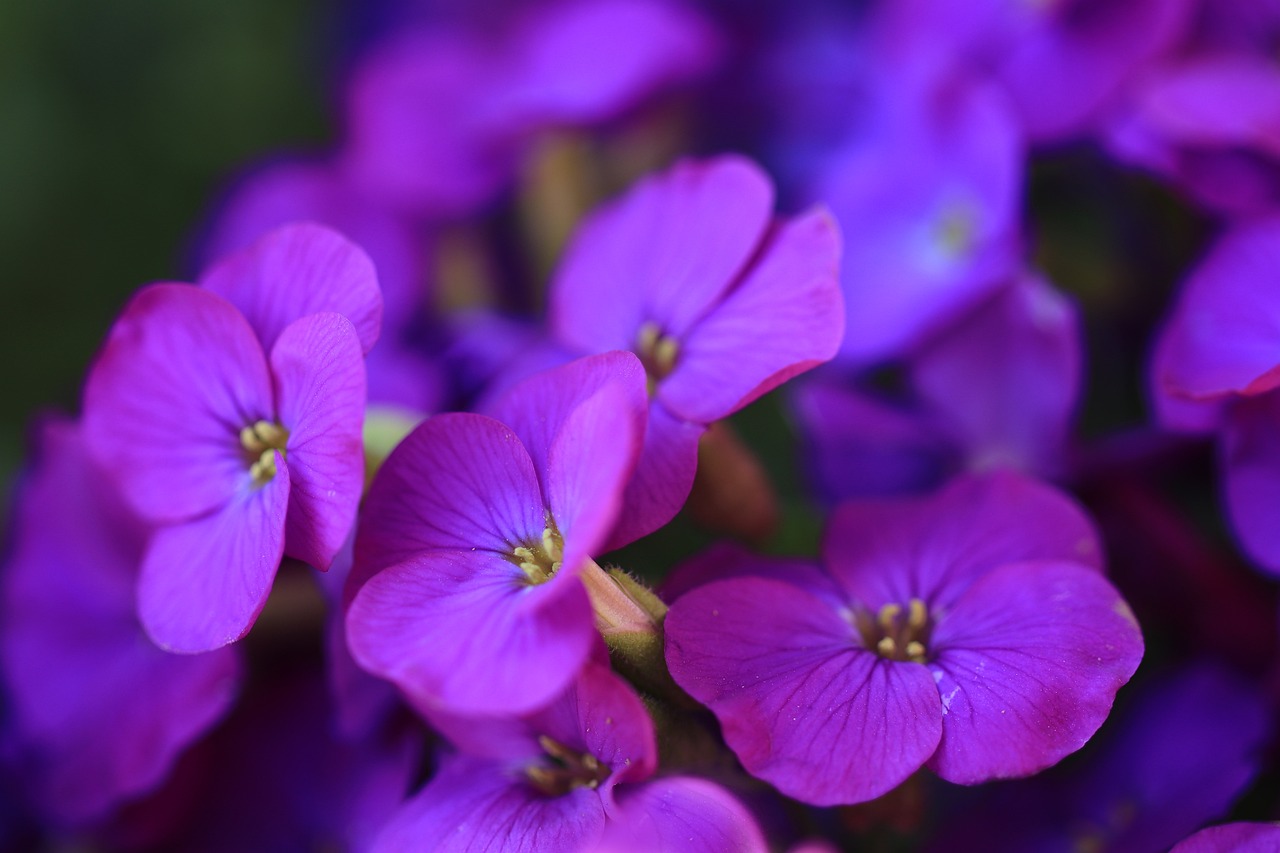Alyssum | The Fragrance of Spring from Clusters of Tiny Flowers
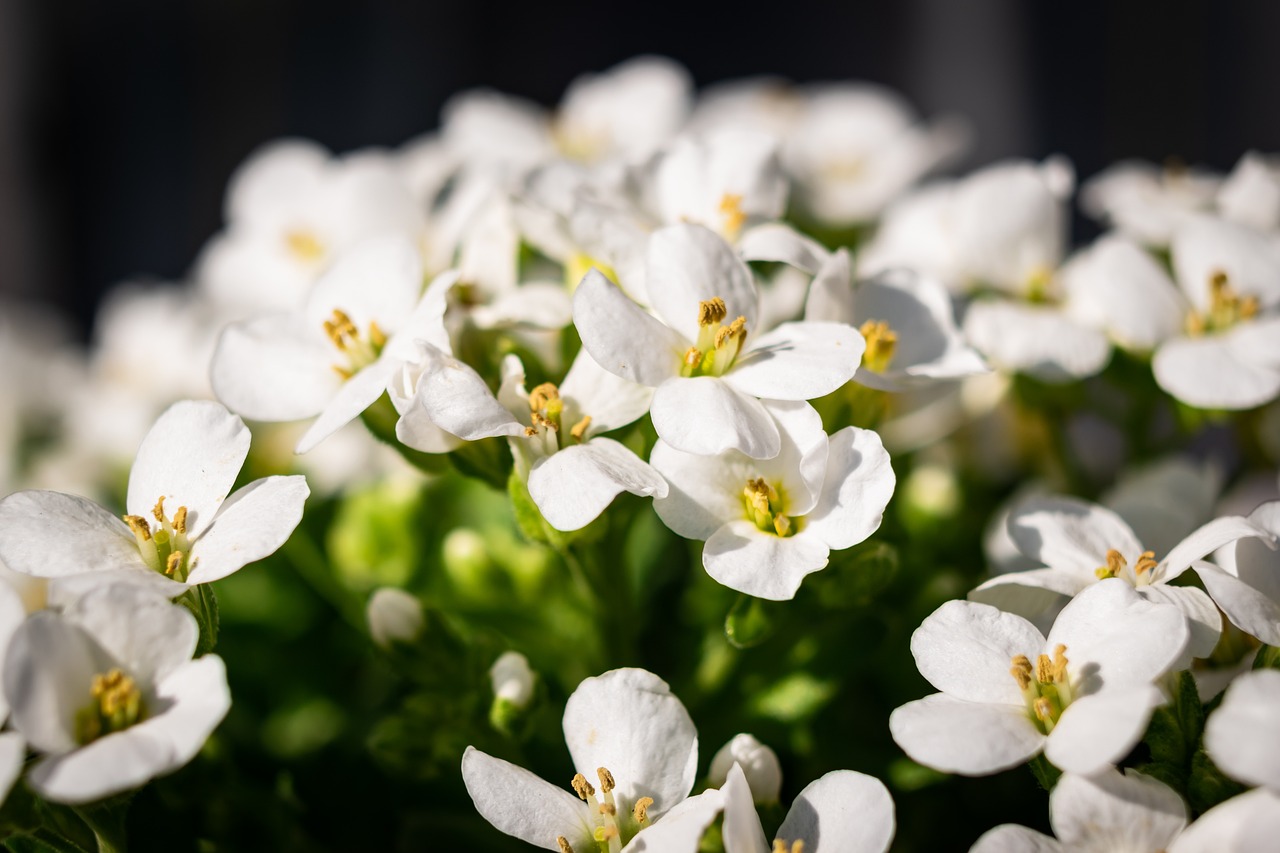
Alyssum is a charming plant that produces clusters of small blossoms, loved by gardeners ranging from beginners to experts. It is well-suited for flower beds and container plantings, adding a delicate, sweet fragrance to any garden.
In this article, I will introduce the essential information about alyssum, its cultural background, and practical gardening tips.
Basic Information
- Scientific name: Lobularia maritima
- Family: Brassicaceae
- Origin: Mediterranean coast
- Appearance: Alyssum forms clusters of small four-petaled flowers, available in shades of white, pink, purple, and cream. With a height of 10–30 cm, it is often used as ground cover.
- Blooming season: Mainly in spring and autumn. It prefers cool climates but can bloom even in winter in warmer regions.
Cultural Significance Worldwide

Because of its fragrance and beauty, alyssum is highly appreciated in Europe and the United States as decoration for gardens and balconies.
It is associated with the meanings of “thoughtfulness” and “elegance,” making it beloved by gardening enthusiasts. The clustered blossoms are also seen as symbols of “harmony” and “happiness,” which is why alyssum is often used in mixed plantings.
In the Mediterranean region, alyssum’s drought tolerance has made it a popular choice for rock gardens and ground cover, where it is recognized as both beautiful and practical.
Historical Background
Alyssum has a long history. In ancient Greece and Rome, its fragrance was cherished, and the plant was cultivated for decorative purposes. The name “alyssum” originates from the Greek words a- (“without”) and lyssa (“madness”), as the plant was once believed to calm madness.
Thus, alyssum has been more than a simple ornamental flower: it has also been regarded as a symbol of healing and peace.
Gardening Advice
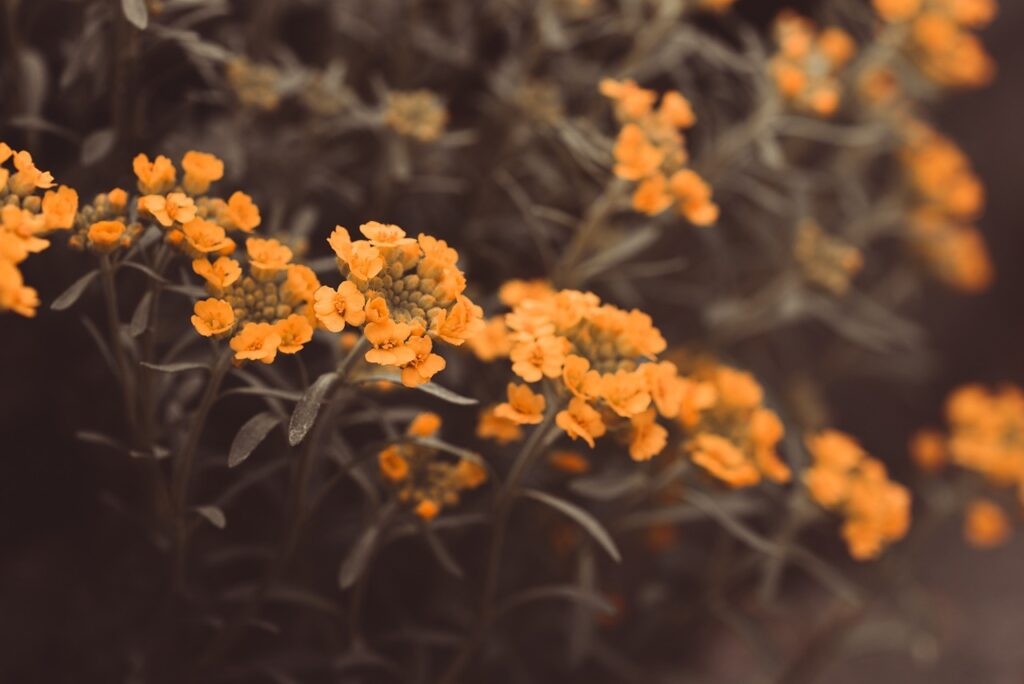
Cultivation Guide
Alyssum grows best in cool seasons, making spring and autumn the ideal times for planting. It thrives in sunny locations but can also grow in partial shade.
When planted along flower bed borders or in combination with other plants, its tiny blossoms create harmony and add depth to the scenery.
Watering is important since alyssum dislikes drought. Water thoroughly when the soil surface is dry, but avoid overwatering to prevent root rot.
Growing Tips
Alyssum prefers well-drained soil. Because it is sensitive to excess moisture, I recommend using well-drained pots and soil for container planting.
As alyssum grows quickly, trimming the plant back lightly during the season will encourage new blooms. Applying fertilizer during the blooming period will further enhance flower production.
Conclusion
Alyssum, with its delicate clusters of flowers and subtle fragrance, brings charm to any garden or container planting. It is relatively easy to grow, and when the right environment is provided, it can be enjoyed for a long time in both spring and autumn.
I encourage you to add alyssum to your flower beds or container gardens and enjoy its graceful beauty and harmonious presence.

